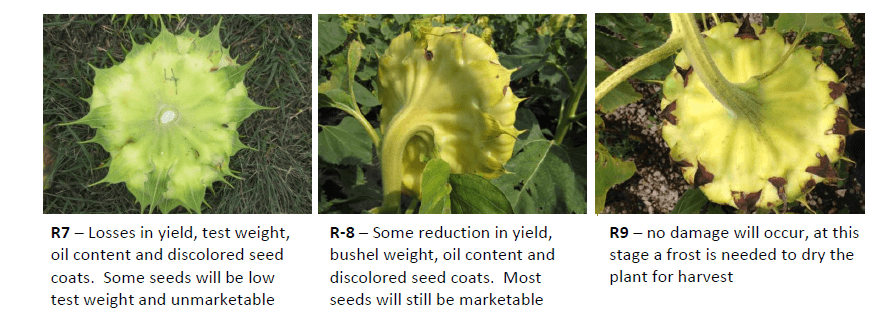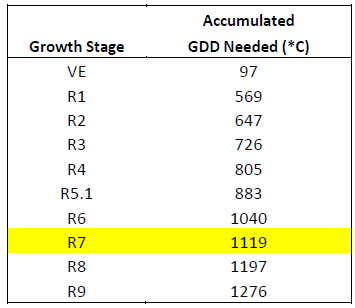Field Selection for Corn following Drought
Corn acres took a hit in 2020 after record planted acres in 2019. Unfortunately, the 400,000+ acres planted in 2019 were droughted, frozen prematurely and over 100,000 of those acres went unharvested by December. It was understandable that after that chaos, corn producers scaled back this past spring. The good news is that, while some areas really struggled with corn this past year, provincial average yield did increase back to a more “normal” yield for Manitoba and it looks as though acres will increase conservatively this year.
Corn seed is certainly booked and secured now, for the most part, but there will be some flex acres on several farms. Some very straight-forward tips for field selection following a relatively dry growing season and a very dry winter to date:
- Do not plant corn following another deeply rooted crop (eg. sunflower). Instead, select a field that was occupied by a more shallow-rooted crop. Corn is proven to do well after soybeans and some pulse crops.
Yield response of Manitoba crops sown on large (>120 acre) fields of various previous crop (stubble) in rotation (2010-2016 per cent average of relative yields).photo: Manitoba Agriculture and Resource Development
- If soils remain dry, remember that when planting corn, it will germinate if any moisture is present. If there is only enough soil moisture for germination and not enough to support plant growth and development, a rain will be required to carry the germinated seed any further. Planting timing will be very important, as it always is, but field selection will also be important.
There are several free webinars coming up this winter that can be an invaluable way to remain updated on technologies, innovations, conditions and more, so we strongly recommend you take advantage of the pandemic in this way! It has never been so easy and inexpensive to attend several conferences in one season, across the world! Continue reading this edition of Heads Up for webinars that the Manitoba Crop Alliance is participating in and contributing to!








